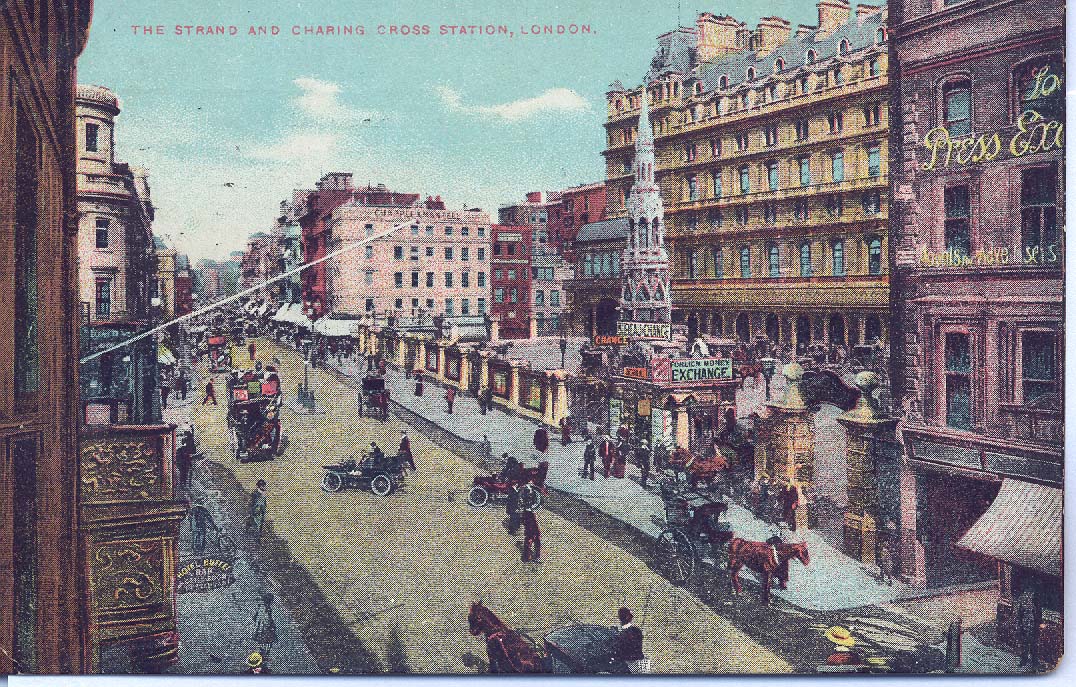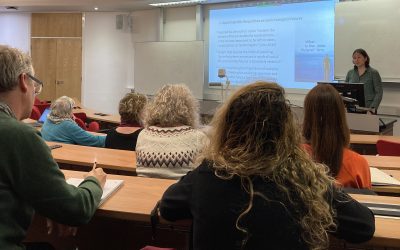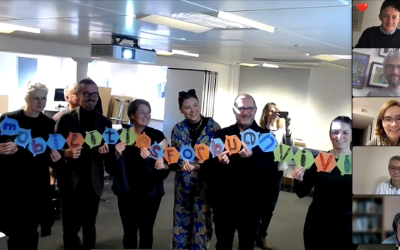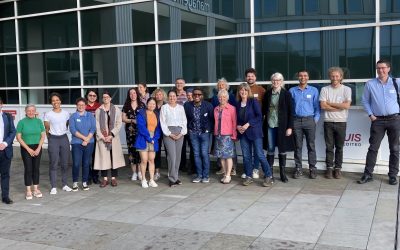The 4th annual conference of the Edwardian Culture Network was held at Lancaster University on September 9th, 2017, with the Edwardian Postcard Project. The conference, which attracted delegates from England, Wales, Scotland and Ireland, was supported by Cemore.
The Edwardian Culture Network is a multidisciplinary community of researchers, held together by an interest in the early twentieth century in Britain and Ireland. This was an era characterised by popular consciousness of speed and change. In 2007 John Urry argued for bringing together the study of travel and transport, with communications. We found ourselves doing this with the aid of prisms of popular culture, arts and literature.
Robert Demaine crafted a wonderful tale: Musical Missionaries: Charles Stanford and the Leeds Choir in Paris, 1906. This was the first visit of a major amateur choir, along with a professional London orchestra, to Paris during the Entente Cordiale.

Fascination with the early motor car appeared in two papers. Ryan Edwards discussed, ‘Damyer’: the car, capitalism and change in Galsworthy’s ‘Fraternity’. Another account of a fascination with speed, ‘Collecting the New Age’: the 5th Marquis of Anglesey and his motor cars’ was presented by Viv Gardner.
Another sort of “transport” was introduced by Samuel Shaw, in ‘Hold your Zebra, Sir?’: The Decline and Fall of a New Mode of Transport. Samuel, who led the day for the Edwardian Culture Network, made use of apparent attempts to cultivate the zebra as an instantiation of the exploitation of Southern Africa, its land, resources and people by British imperialism. The Anglo- Boer South African War was also central to Andrew Glazzard’s paper Do we progress? This took as its inspiration Arthur Conan Doyle’s backstory given to James Mortimer, a character in ‘The Hound of the Baskervilles’, making connections between that ever-popular novella, Conan Doyle’s and broader perceptions of change, continuity and danger.
Rapid technological change combined in literary imaginations with fears over increasing international tensions, particularly with Germany. Harry Wood introduced us to The Shock of Battle: the Problem of Progress in Edwardian Invasion Fiction. Fiction used as a means of conveying highly gendered and class-inflected messages was also the topic of Lauren O’Hagan’s poster, The divine plan of Edwardian prizebooks.
Two papers discussed the popular Edwardian phenomenon of picture postcards, which combined short messages with a diverse array of images in speedy communications. Ann Wilson introduced us to the particular culture of Picture Postcards in Edwardian Ireland, bringing personal perspectives as they were inscribed by writers that mis/aligned in fascinating ways with mass produced images. Julia Gillen, the local organiser for Cemore and the Lancaster Literacy Research Centre, discussed, ‘These cards don’t give us much room but keep us in touch’: taking a posthumanist lens to undivided back postcards of the first few years of the twentieth century.




